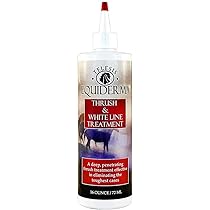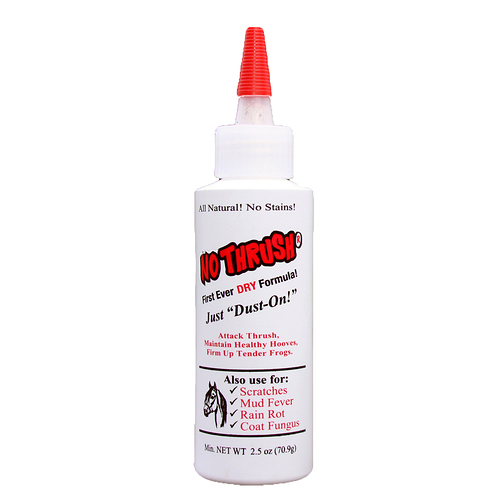I got an older mare at an auction a couple months ago. Very sweet but NQR at the time. Upon inspection, saw she had a “bad case of thrush” and we proceeded to soak/treat with the “purple stuff” when she got home.
3 weeks in, the surface thrush was gone but she was still unsound - and becoming worse. I called the vet to do an exam + X-rays. X-rays were clean and he diagnosed deep sulcus thrush. Prescribed soaking with iodine and wrapping (after ‘cleaning’ the frog with hydrogen peroxide - ! - did I mention that we are in a “vet. care desert” and that there are no actual horse vets locally. Referral clinic - vet school - is over 200 miles away).
So I kept maresy dry, soaked with 50/50 water/apple cider for a week, and treated daily with Tomorrow (dry cow/mastitis stuff). 1 month later, she is still lame and while the sulcus is not as deep (progress?), there doesn’t seem to be much other improvement.
(She’s been trimmed once since being here as well).
I’ve been reading up on here and on online vet/farrier journals, and I am not finding much in terms of long-term prognosis for severe cases & recovery timelines.
Anyone had a similar experience?
What else could I try?



 SSD is more potent but requires a prescription for me now. I have yet to need prescription meds to treat thrush with my approach, but there’s a first time for everything!
SSD is more potent but requires a prescription for me now. I have yet to need prescription meds to treat thrush with my approach, but there’s a first time for everything!